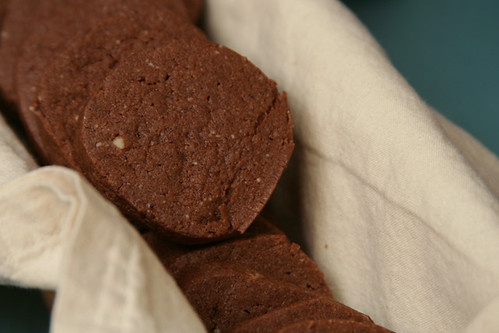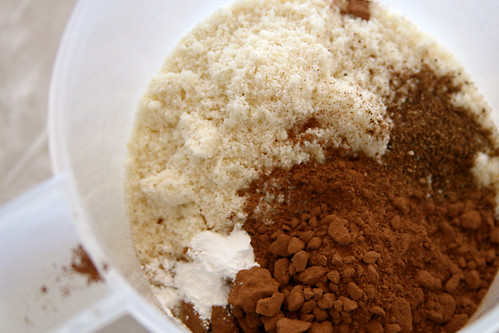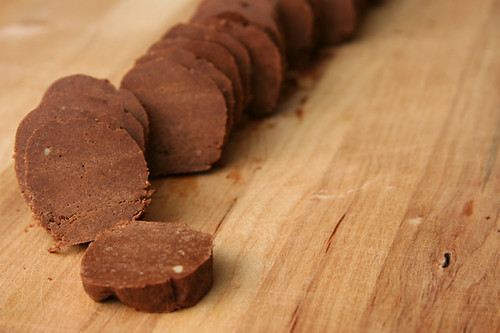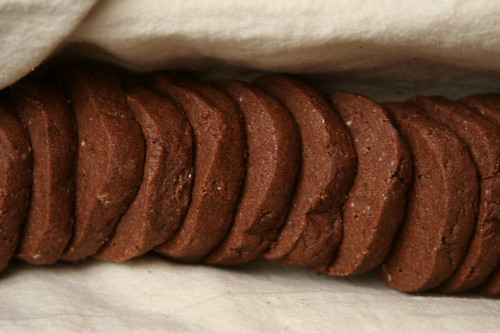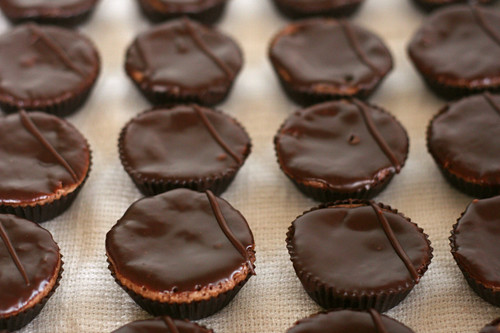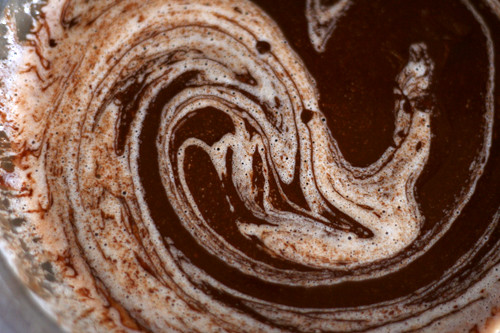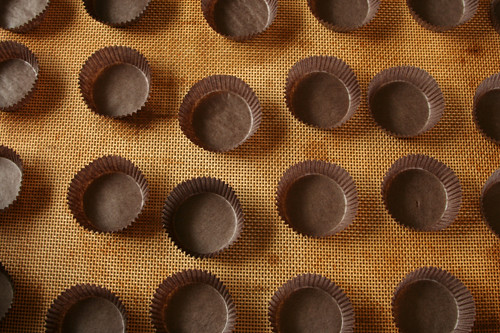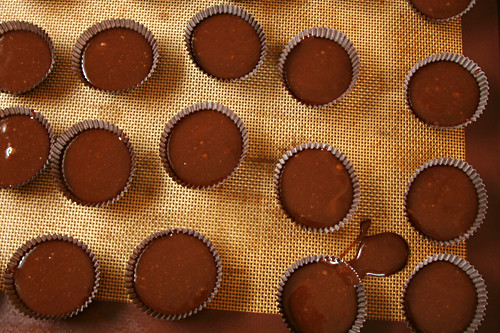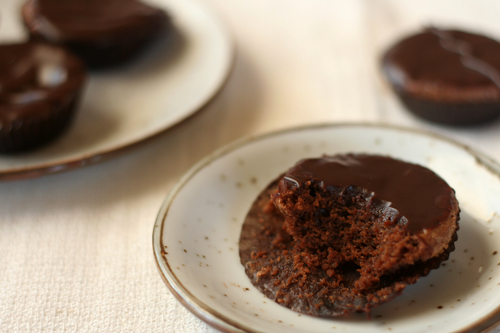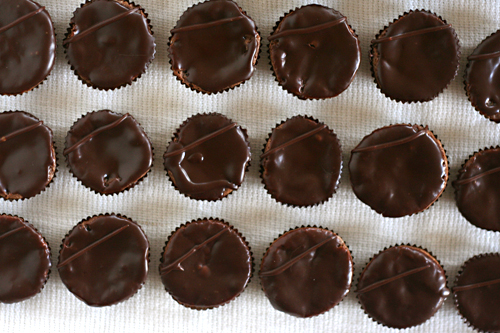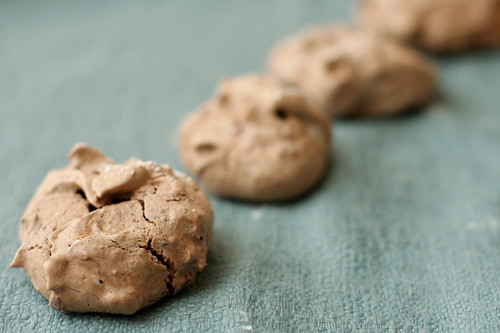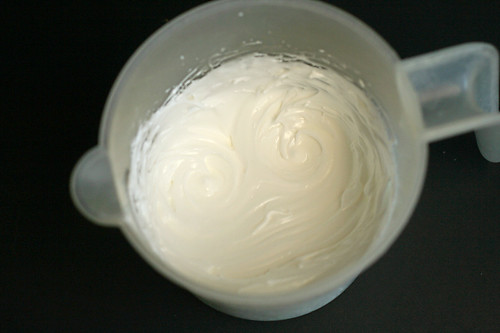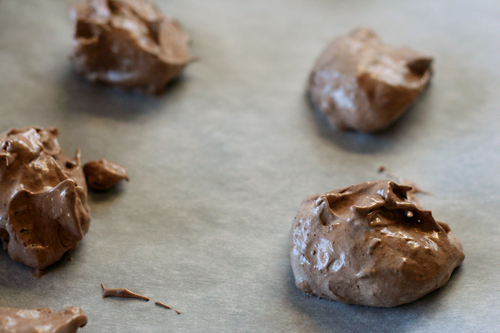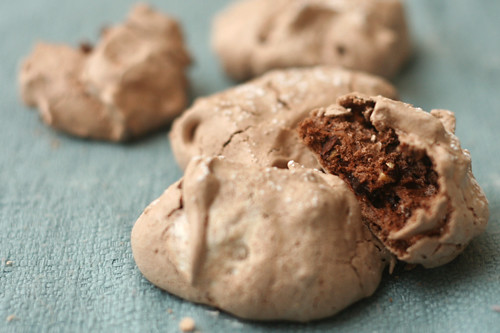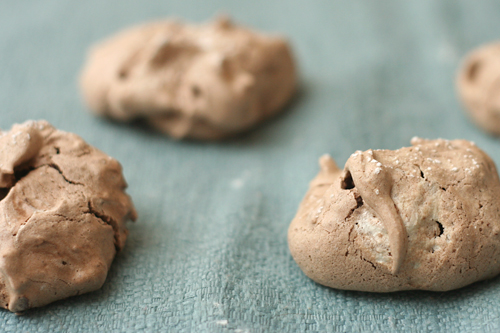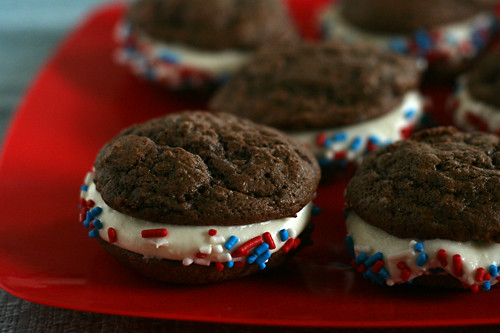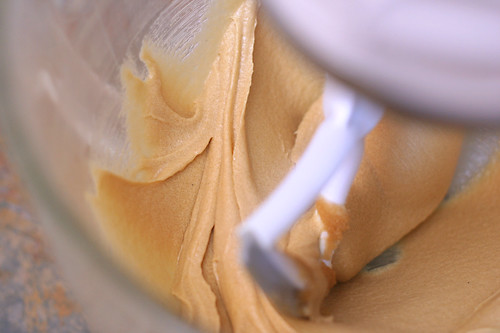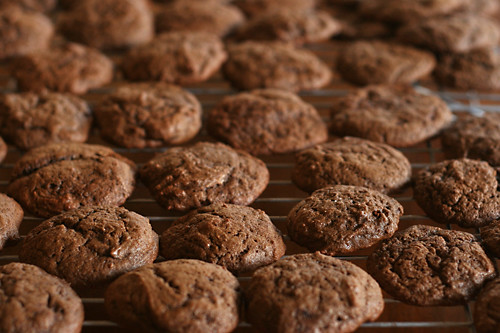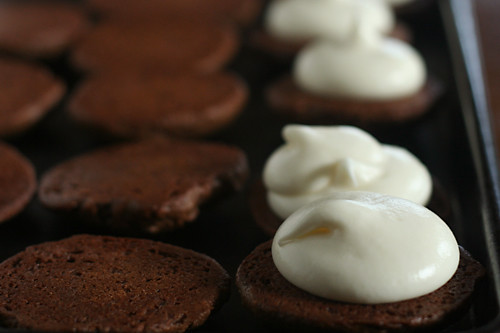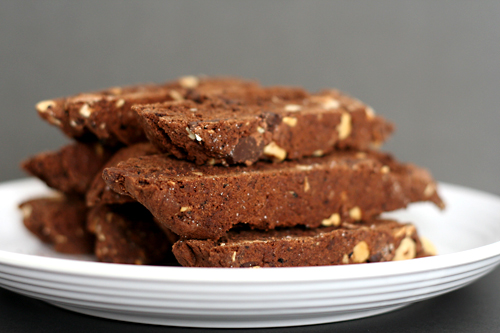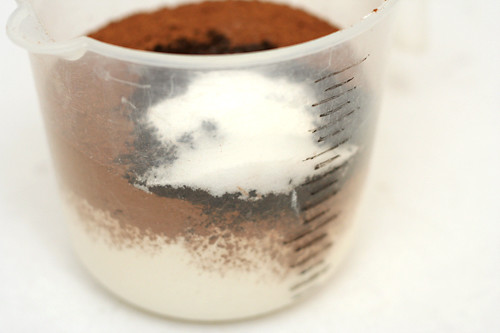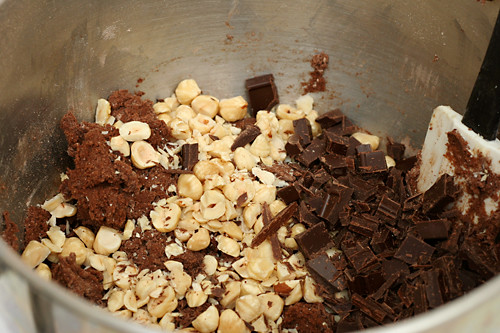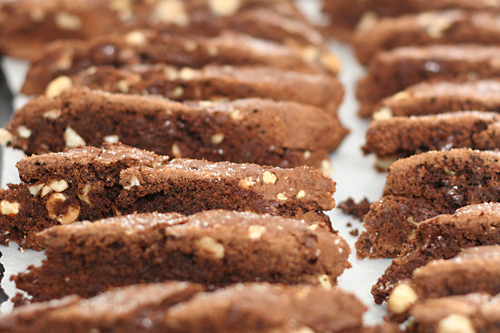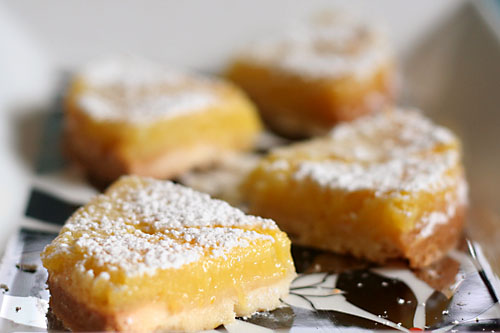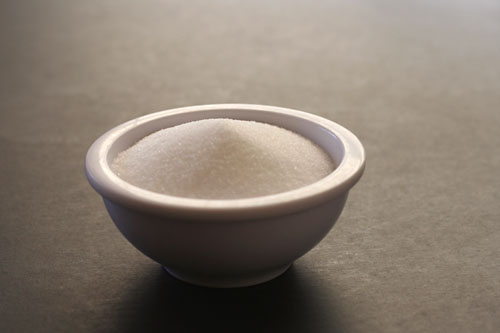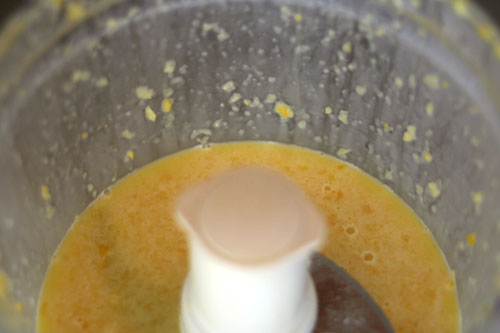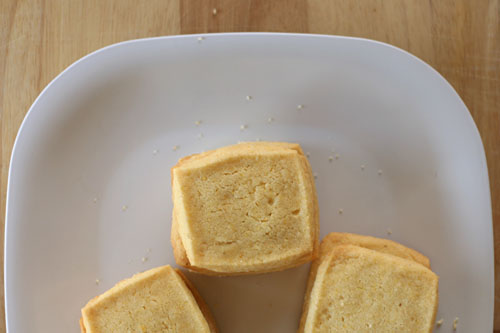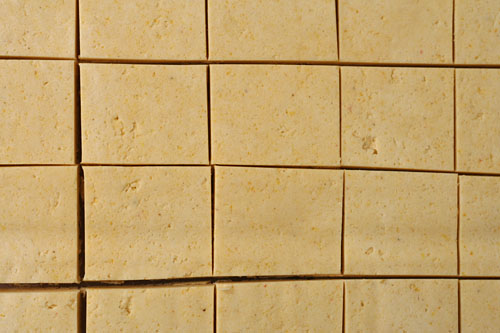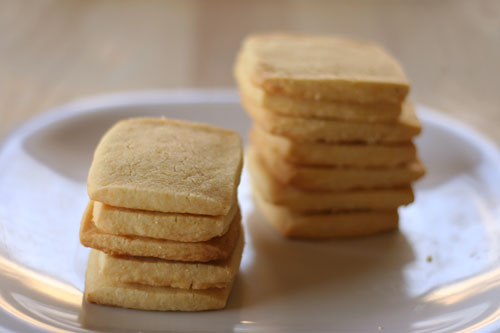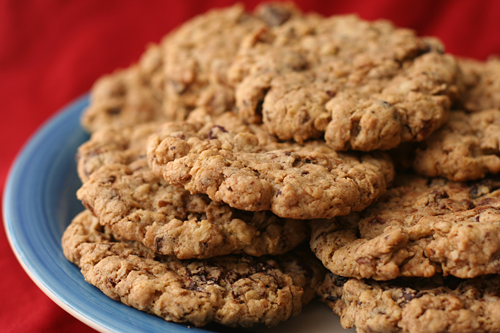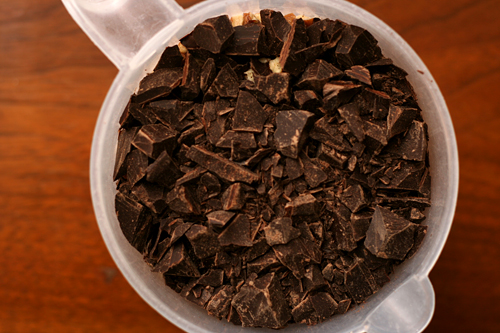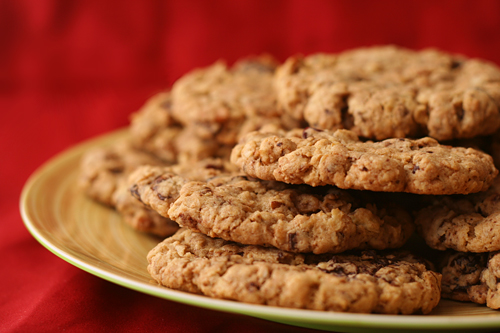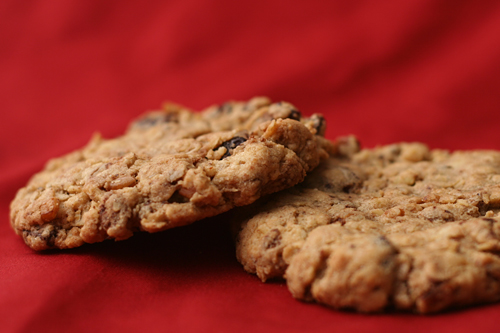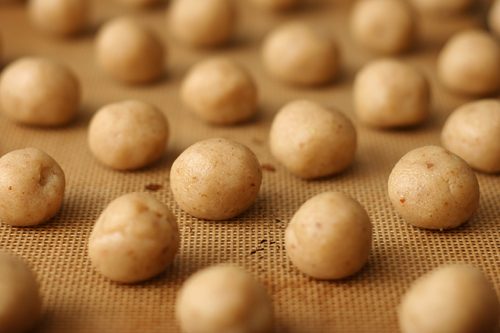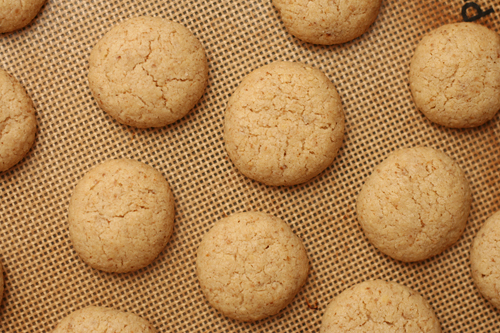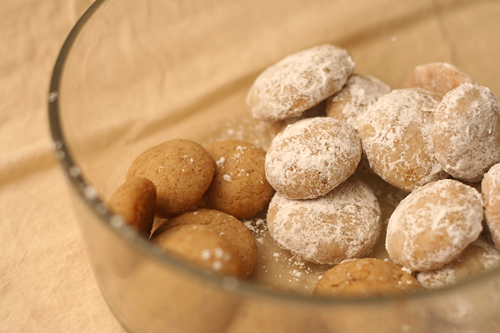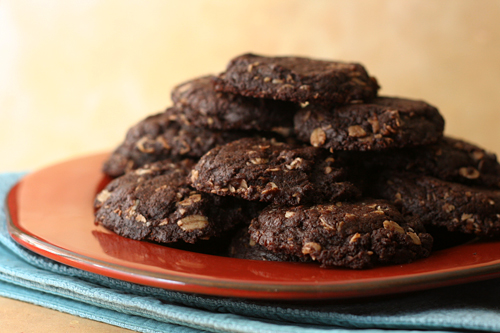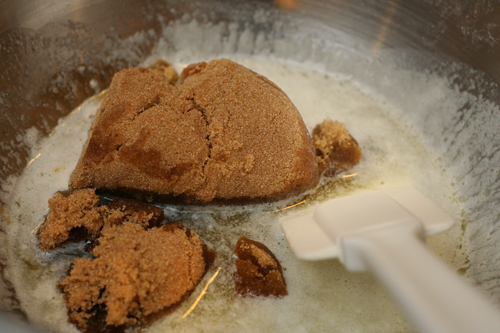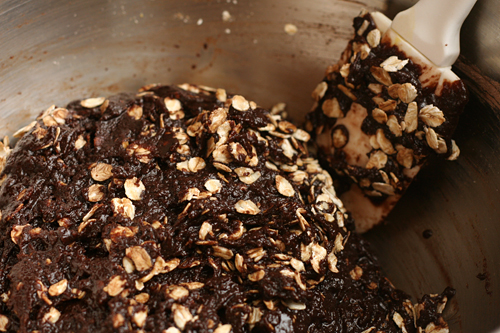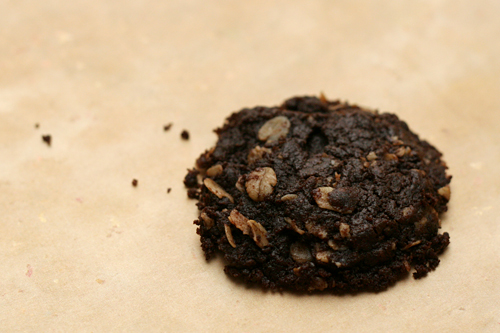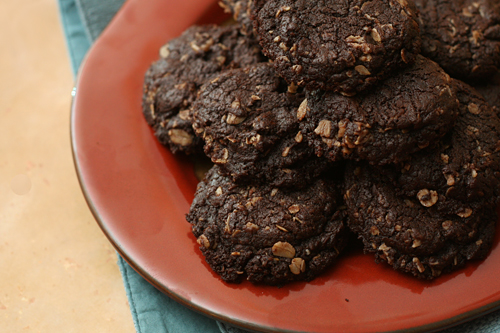September is an ambiguous time. School and football, two signs of fall, have started. Labor Day is over. It might not be meltingly hot out every single day. On the other hand, that all important sign of autumn, fire-colored leaves, hasn’t started except in the most extreme of climates. And besides, tomatoes are still in season. Everyone knows that tomatoes belong to summer.
When I lived in upstate New York, where summer was disappointingly short, I refused to acknowledge fall until October 1st. I wouldn’t make anything with pumpkin or apples, and I wouldn’t buy candy corn for Dave. (I’m mean.)
But come October 1st, I was all about fall. I love it for all the reasons everyone loves fall – the colors, the chill, the apple cider. We don’t get any of those things in southern New Mexico, so I welcome what little there is here that feels like fall, no matter when it happens.
Dave thinks anything with ginger or allspice or cloves tastes like Christmas. I say it tastes like fall. And even in early September, I’m not complaining.
Jessica, who chose these cookies for Tuesdays with Dorie, has the recipe posted. I doubled the spice, plus I freshly ground my allspice berries in a coffee grinder just before mixing the dough. I also increased the salt. I had ground almonds to use up, so I made the dough in the mixer instead of the food processor.
One year ago: Peanut Butter Crisscrosses
Two years ago: Espresso Cheesecake Brownies
Three years ago: Chocolate Whopper Malted Drops
